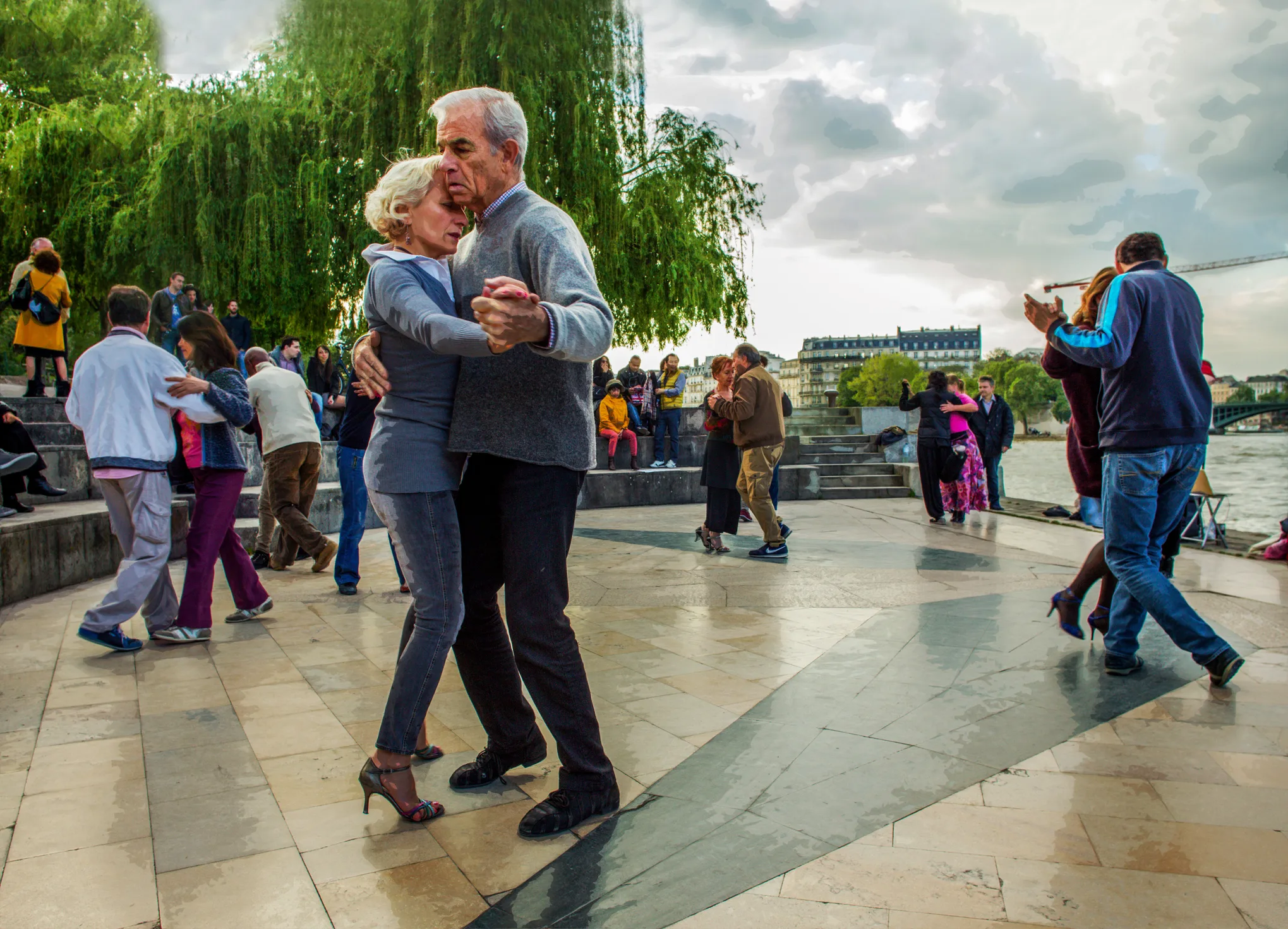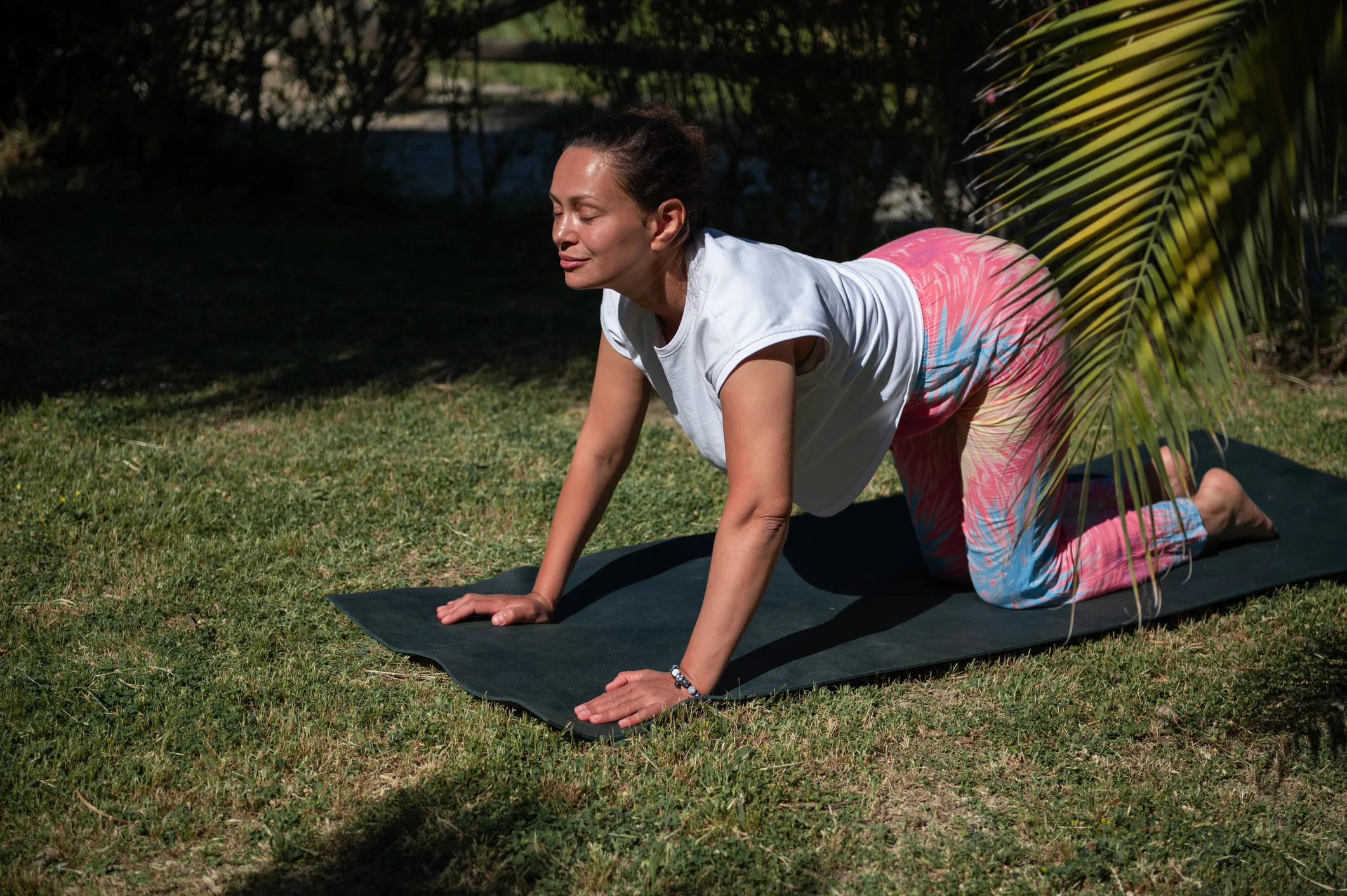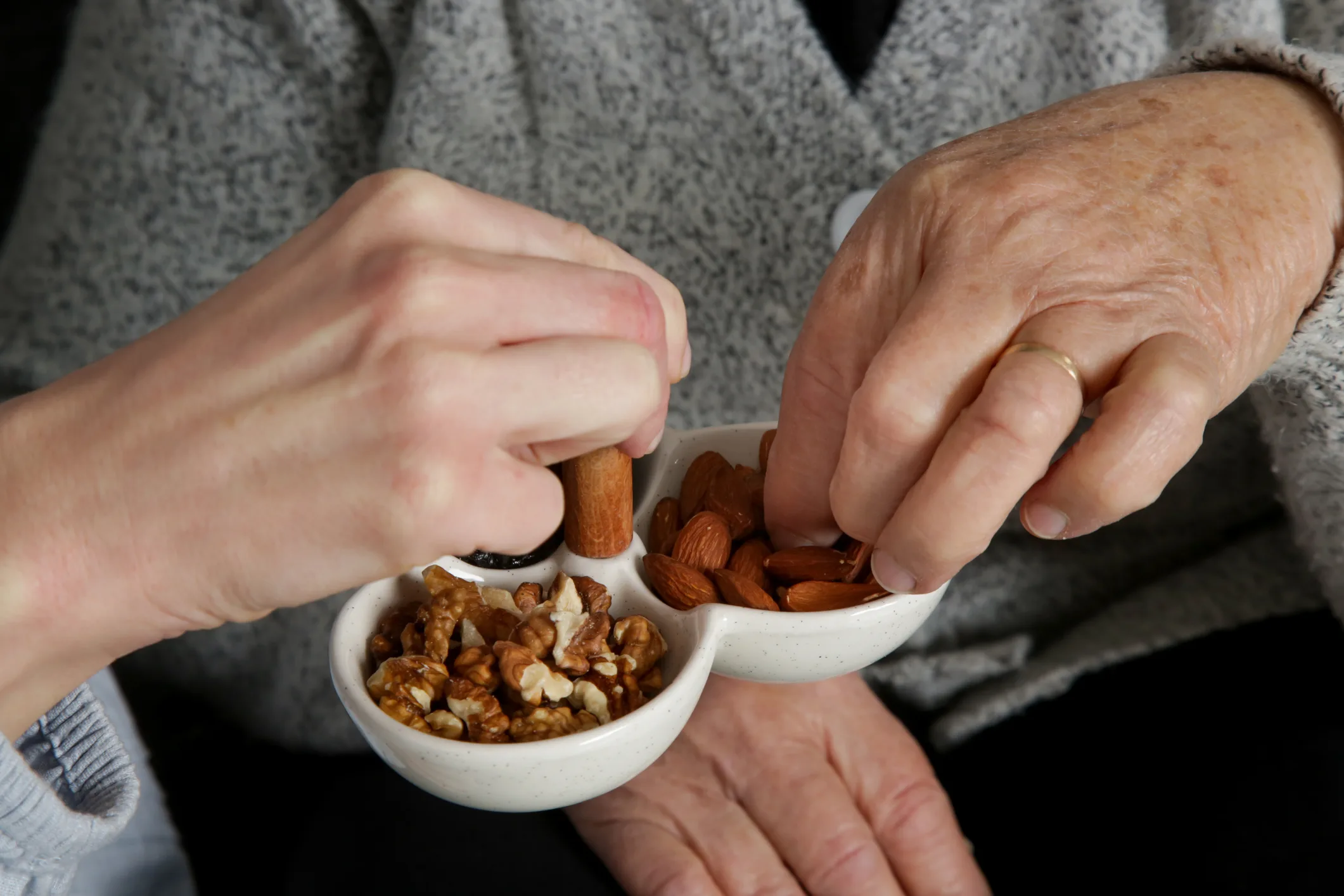Unlike running, cycling, or even a high-intensity Spin class, which target lower body muscles, rowing works both upper and lower body at the same time. And it’s a great low-impact workout that people of all ages and fitness levels can tackle.
5 Reasons You Should Try Rowing
- It burns calories. While it may not burn as many calories as running, it definitely burns more calories than elliptical, spinning, and many other popular cardiovascular workouts because it involves two directions of resistance—forward and back. That simultaneous push/pull gives you a similar metabolic boost to strength training, which means you keep burning calories after you’ve hopped off the machine.
- It works every body part. Most people assume rowing mostly involves your upper body, including back, arm and shoulder muscles, but when it’s done correctly, rowing also works the legs, hips and buttocks. It’s really about pushing with your legs and tightening your abdominal muscles. Over time, the repeated exertion improves muscle strength and endurance in all your major muscle groups.
- It protects your heart. Thanks to the whole-body effort of rowing, your heart has to work harder to pump blood to deliver energy and nutrients to your working muscles. Every time you do a rowing workout, your body is adapting to that harder work, and over time, you increase cardiovascular fitness, which is a fancy way of saying your heart gets stronger and healthier.
- It’s easy on the joints. Rowing is a low-impact sport, so it’s perfect if you’re nursing an injury. With your feet planted on the footpads and your hands locked on to the grips, there’s little to no impact on the ankles, knees, hips, elbows and shoulder joints. This also makes it an appropriate form of exercise for pregnant and postpartum women whose alignment may be compromised. It’s also great for older people concerned about balance.
- It reduces stress. Like running, walking and cycling, rowing offers consistent, repetitive movement that acts almost like a form of active meditation. And since cardio workouts release feel-good hormones in the body, you’ll be on the fast track to reaching Zen-like status.
As with any exercise, it’s important to get clearance from your doctor before you row. Keep in mind, too, that if you have sciatica, low back issues or if you’ve suffered from a hip injury, rowing may exacerbate your pain. But rowing’s biggest catch? Many people don’t do it correctly!
How should you perform rowing?
If you’ve never used a rowing machine before, check in with a professional to be sure you’ve got the form correct. Here’s a basic rundown:
- Start in a “catch” position, meaning that your knees are bent, your back is straight, and your arms are outstretched in front of the knees gripping the paddle handles.
- Press through the bottom of your feet to extend your knees and lean back almost simultaneously – but make sure your core muscles are engaged to help lower your body backward.
- Once you’re leaning back, pull the bar to your chest. Hold this position (also called the drive) for a solid second before launching into the return.
- On the return, straighten your arms before your torso follows, hinging at the hip and keeping your core firm. Then bend your knees to take you back to catch position.
Pay attention throughout your rowing workout to keeping your core muscles engaged and tight – that protects your back from pain or injury. And expect to be sore when you first start, especially in your abdominal muscles. But don’t give up. Over time, your body will adjust to the increased demands and become stronger, more efficient and more powerful.
How many minutes do you need to row a day?
If rowing is the only exercise you do, you should try to build up to 20 minutes of moderate-intensity rowing a day. As your stamina improves, can play around with the duration and frequency of your sessions. For example, maybe 40-minutes, three-time-a-week.
Source:
Catch, Drive, Finish and Recover! The Top 7 Benefits of Rowing Machines











